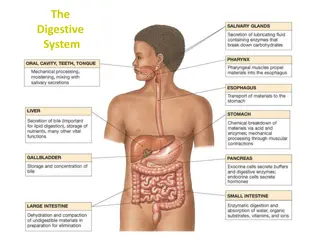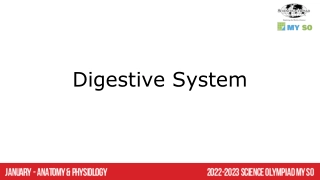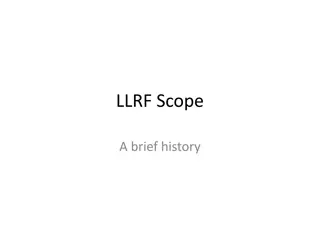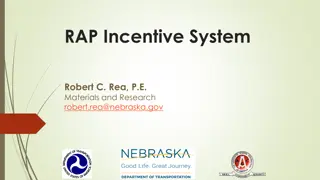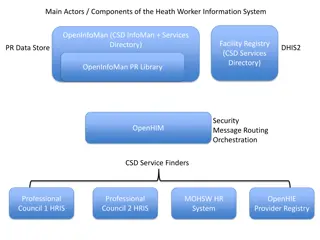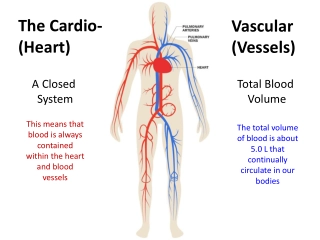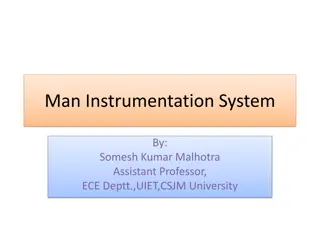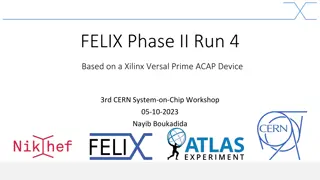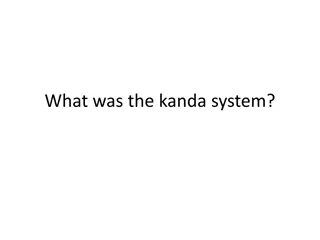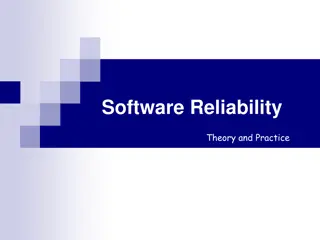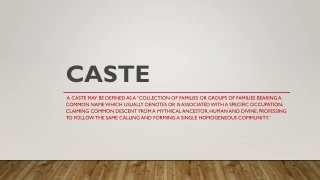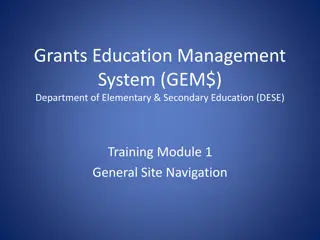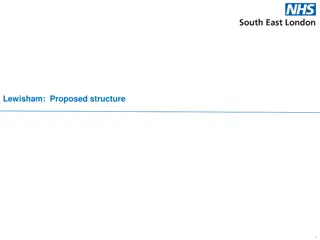Understanding Mastication in Digestive System
Mastication is the process of cutting and grinding food to prepare it for digestion. This stage increases the surface area of food for efficient enzyme breakdown. The significance of mastication includes breaking down food into smaller particles, mixing with saliva, and enhancing taste. The chewing cycle involves slow closing and fast opening phases. Jaw movement during mastication is asymmetrical and unilateral. Understanding mastication is vital for proper digestion and nutrient absorption.
Download Presentation
Please find below an Image/Link to download the presentation.
The content on the website is provided AS IS for your information and personal use only. It may not be sold, licensed, or shared on other websites without obtaining consent from the author. Download presentation by click this link. If you encounter any issues during the download, it is possible that the publisher has removed the file from their server.
Presentation Transcript
Purpose Statement At the end of lecture student should be able to know/describe Mastication Significance of mastication Chewing cycle Masticatory sequence The muscles of mastication Muscle activity
Learning Objectives At the end of the lecture the student should be able to S.N. Learning Objectives Domain Level Criteria Conditi on 1 Cognitive Must Know All Define mastication 2 Cognitive Must Know All Describe the significance of mastication 3 Cognitive Must Know All Describe the chewing cycle 4 Cognitive Must Know All Enlist masticatory sequence
DIGESTIVE SYSTEM Functions Prehension, ingestion Mastication Deglutition Digestion Absorption of nutrients Elimination of undigestible/undigested food products Other
MASTICATION Cutting the food substances into small particles and grinding them into a soft bolus is called mastication .
Mastication of food is the initial stage in the process of digestion. It is the first step of digestion and it increases the surface area of foods to allow more efficient break down by enzymes.
During the mastication process, the food is positioned between the teeth for grinding by the cheek and tongue.
SIGNIFICANCE OF MASTICATION Breakdown of foodstuffs into smaller particles. Mixing of saliva with food substances thoroughly. Lubrication and moistening of dry food by saliva so that, the bolus can be easily swallowed. Appreciation of taste of the food.
Jaw moves downward slowly CHEWING CYCLE Slow closing during which the food is crushed Fast opening phase Jaw moves upward in a fast closing phase
Chewing in humans is actually asymmetrical and unilateral. At the working side It possesses the greatest adductor force but articular emminence is less substantially loaded. At the balancing side It possesses the less adductor force and the articular emminence is substantially loaded.
At the initial action , contraction of inferior head of lateral pterygoid muscle occurs to initiate mandibular deviation to working side.
Mastication : The crushing & grinding - 1 chewing cycle = opening + closing + power stroke - chewing sequence = numerous chewing cycle - chewing sequence could be divided into - preparatory series - reduction series - pre-swallow series
The masticatory sequence consists of a number of chewing cycles and extends from ingestion to swallowing. The masticatory sequence can be divided into three consecutive periods
1)Initial and preparatory period food is transported back to the posterior teeth. 2) Reduction period food is ground during this period. 3) Preswallowing period The bolus is then formed during this period.
During chewing the tongue plays an essential role in controlling the movement of the food and forming the bolus . For food to be broken down , it is positioned by the tongue in conjunction with the buccinator muscles of the cheek between the occlusal surfaces of the teeth.
The tongue is important in collecting and sorting food that is suitable for swallowing , while returning larger pieces of food to the occlusal table for further reduction.
Tongue Consist of 2 groups: intrinsic and extrinsic muscles. Intrinsic muscle: change in tongue shape Extrinsic muscle (eg. Genioglossus): response for protrusion and retrusion of the tongue Three major muscles that anchor and move the tongue
Innervated by cranial nerve XII (hypoglossal nerve) Complete tongue activity occurs in jaw movements and respiration, speech, taste, mastication, swallowing, and sucking.
Summary Definition Significance of mastication Chewing cycle Masticatorysequence Muscles of mastication Muscle activity
BIBLIOGRAPHY Wheeler s Dental Anatomy, Physiology and Occlusion Ash, M. M. 6thedition. Oral Development and Histology Avery, j. K.1stedition. Color Atlas And Text Book Of Oral Anatomy, Histology Berkovitz, B. 1STedition. Dental Embryology, Histology & Anatomy. Marry Bath- Balogh Inergaret. 2ndedition.




